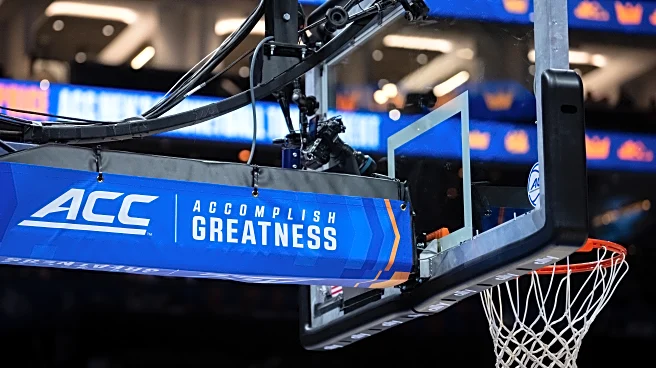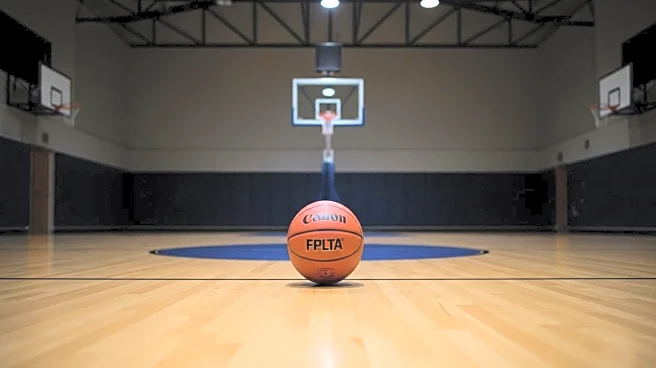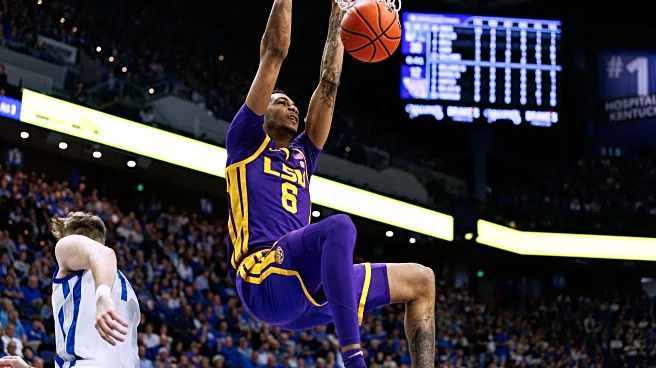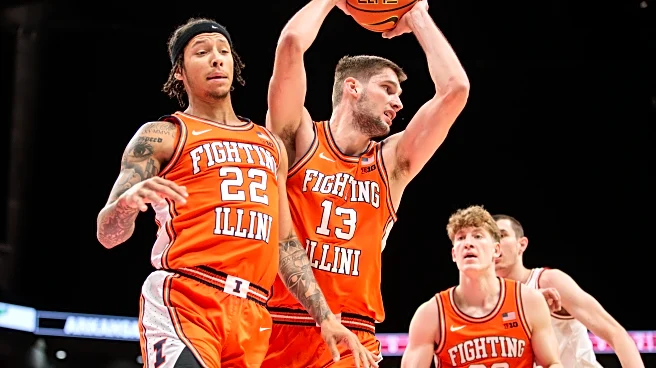What's Happening?
College basketball coaches are adapting their recruiting strategies due to potential changes in NCAA eligibility rules. The proposed '5-in-5 Rule' would allow athletes five years of eligibility, eliminating redshirts and arbitrary waiver decisions. This uncertainty has led coaches like Brad Underwood of the University of Illinois to scale back traditional recruiting efforts, focusing instead on local prospects and the transfer portal. The rule, if implemented, could create a logjam of players, complicating roster planning for the 2026-27 season. Coaches are unsure how many players will return or how many new recruits are needed, leading to cautious approaches in recruitment.
Why It's Important?
The proposed eligibility changes could significantly impact college basketball's recruiting landscape. If enacted, the rule may shift focus from high school recruits to experienced transfer players, affecting the dynamics of team building. This uncertainty could lead to strategic shifts, with mid-major programs potentially benefiting from high school prospects seeking more prominent roles. The changes also highlight the evolving nature of college sports, where financial considerations like NIL opportunities play a crucial role in recruitment decisions. Coaches and players alike face challenges in navigating these changes, which could redefine the competitive balance in college basketball.
What's Next?
The NCAA has yet to officially announce the implementation of the '5-in-5 Rule,' leaving coaches and players in a state of anticipation. If the rule passes, it could lead to a chaotic spring recruiting season as teams scramble to adjust their rosters. Coaches may need to balance the retention of current players with the integration of new recruits, while players must consider their options in a potentially crowded field. The decision will likely influence recruitment strategies and player development plans across college basketball, with long-term implications for the sport's structure.
Beyond the Headlines
The proposed rule change reflects broader shifts in college athletics, where eligibility and recruitment are increasingly influenced by legal and financial factors. The move towards extended eligibility could reduce legal disputes over waivers, streamlining processes for athletes and institutions. However, it also raises questions about the equitable distribution of resources and opportunities among players, particularly those from less prominent programs. As the NCAA navigates these changes, the balance between tradition and innovation in college sports remains a critical discussion point.












